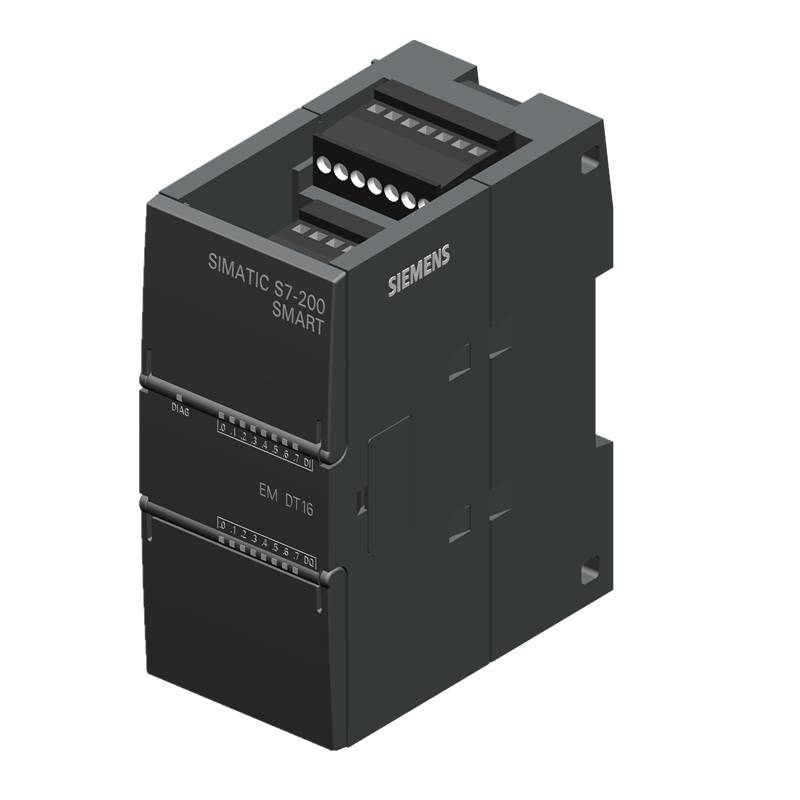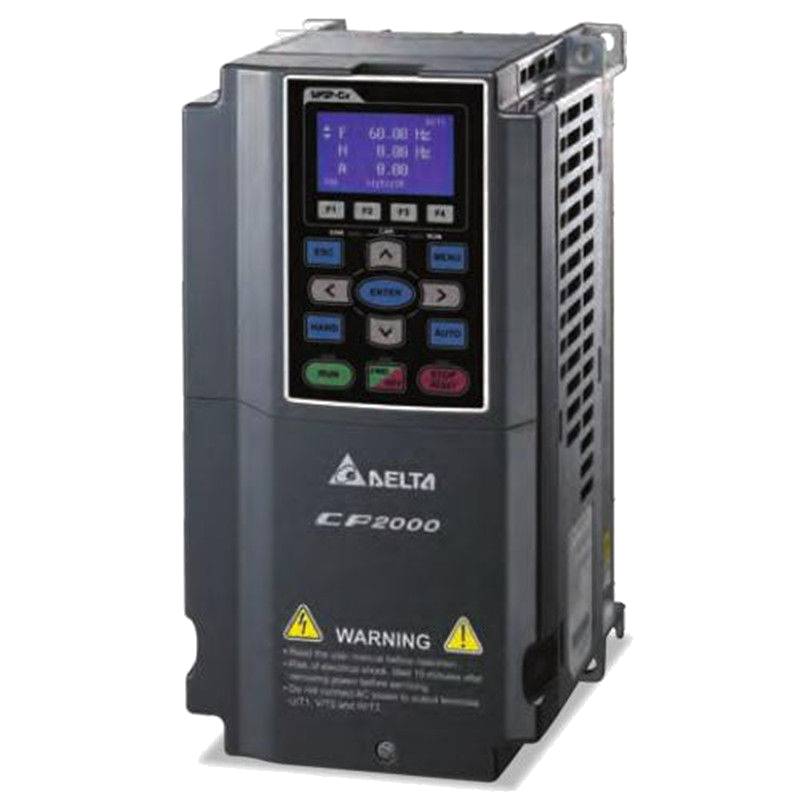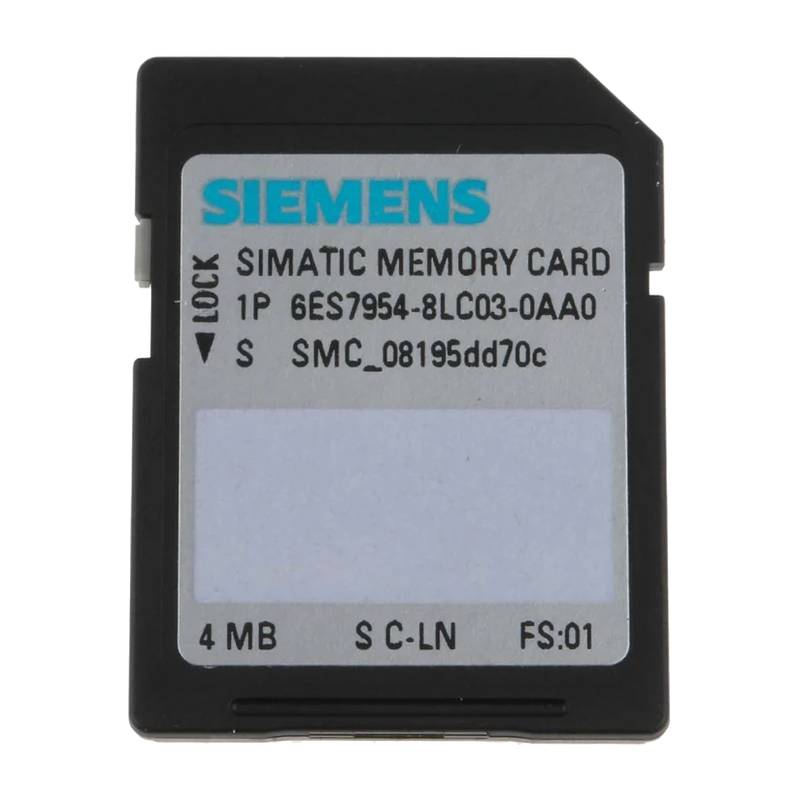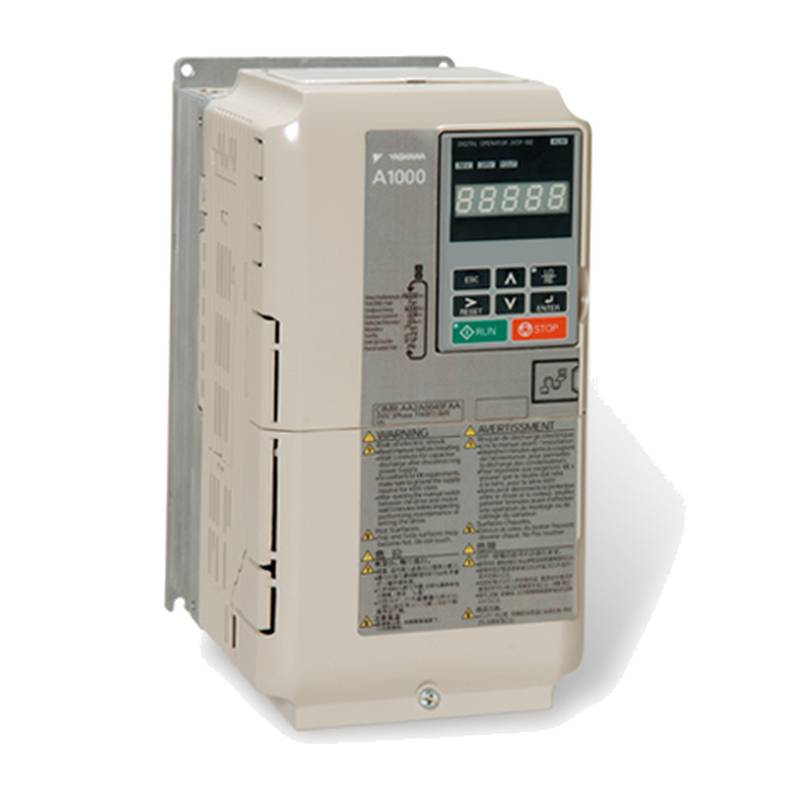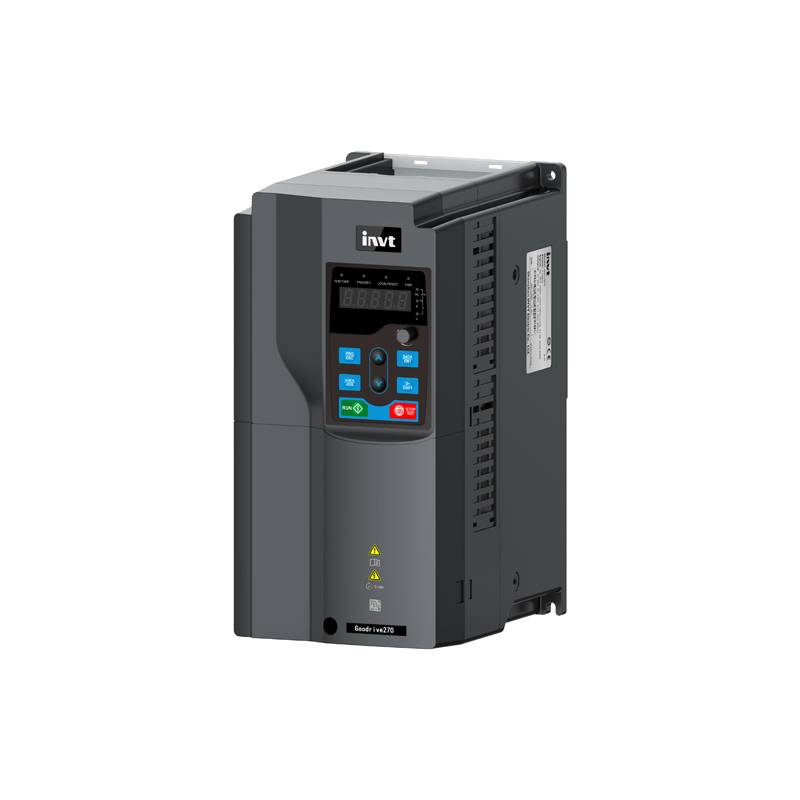
The ABB ACS880-01-145A-3 High Power AC Drive Frequency Converter stands as a robust solution for demanding industrial applications, offering superior control, efficiency, and reliability. This variable frequency drive (VFD) is engineered to optimize motor performance across a wide spectrum of industrial processes, delivering significant energy savings and enhanced operational throughput. With a power rating of 145A, it is designed for high-power motor control, boasting advanced features such as a built-in common mode filter and robust protection mechanisms. Its intuitive interface and flexible configuration options make it a preferred choice for system integrators and end-users seeking high-performance motor control.
Product Specifications
| Parameter | Value |
| :------------------------ | :------------------------------------------ |
| Model Number | ACS880-01-145A-3 |
| Output Current (Nominal) | 145 A |
| Output Power (Heavy Duty) | 75 kW / 100 HP |
| Input Voltage | 380-415 V, 3 Phase |
| Output Frequency | 0-500 Hz |
| Protection Rating | IP21 |
| Dimensions (H x W x D) | 980 mm x 455 mm x 400 mm |
| Weight | 78 kg |
| Built-in Common Mode Filter | Yes |
| Braking Unit | Optional |
Core Features & Market Positioning
The ABB ACS880-01-145A-3 distinguishes itself through its All-Compatible Drive architecture, ensuring seamless integration with various motor types, including induction, permanent magnet, and reluctance motors. This versatility, coupled with its highly precise torque and speed control capabilities, positions it as a leading VFD for applications demanding exceptional performance and adaptability. The drive features an advanced control panel with a full graphic display, facilitating intuitive parameter setting and monitoring. Its compact design, despite its high power output, simplifies panel building and installation. The integrated safety functions, such as Safe Torque Off (STO), further enhance its market appeal by meeting stringent industrial safety standards.
Key Application Scenarios
This high-power AC drive is ideally suited for a wide range of heavy-duty industrial applications. Its precise control makes it invaluable in pump and fan control for HVAC systems, managing large volumes of air or fluid with significant energy efficiency gains. In material handling, it provides smooth acceleration and deceleration for conveyors and cranes, improving process efficiency and reducing mechanical stress. The ACS880-01-145A-3 is also a critical component in process industries such as pulp and paper, mining, and metals, where continuous and reliable operation of heavy machinery is paramount. Its ability to handle high starting torques makes it suitable for applications like crushers and extruders.
Practical System Integration Guidance
Integrating the ABB ACS880-01-145A-3 into an industrial system involves careful consideration of wiring and programming. The drive accommodates various motor feedback options, allowing for precise closed-loop control. For installation, ensure adequate ventilation and adherence to the specified clearances to prevent overheating. Basic programming involves setting motor parameters, ramp times, and control modes via the drive's control panel or through ABB's Drive Composer PC tool. When connecting to higher-level control systems, standard industrial fieldbuses such as Modbus RTU, Profibus DP, or Ethernet/IP can be utilized with optional communication modules. Always refer to the official ABB installation manual for detailed wiring diagrams and terminal assignments to ensure a safe and correct setup.
Operation and Risk Mitigation
Operating the ACS880-01-145A-3 requires adherence to safety protocols, especially concerning high voltages. Before performing any maintenance, always ensure the drive is de-energized and power is isolated. Common fault codes relate to motor overload (e.g., F301), under-voltage (e.g., F201), or external faults triggered by safety circuits. The drive's built-in diagnostics provide detailed information to help quickly identify and resolve issues, minimizing downtime. Proper motor protection settings, including thermal overload and short-circuit protection, are crucial for preventing equipment damage and ensuring safe operation. Regularly inspecting connections and ensuring clean operating environments will further mitigate operational risks.
Scalability & Long-Term Value
The ACS880 series, including the ACS880-01-145A-3, offers significant long-term value through its scalability and compatibility. ABB's commitment to backward compatibility within the ACS880 platform ensures that upgrades and expansions can be managed efficiently, protecting investments. Furthermore, these drives are designed for integration with the Industrial Internet of Things (IIoT) and digital manufacturing ecosystems. Through optional communication modules and ABB Ability™ solutions, the drive can provide real-time performance data, predictive maintenance insights, and remote monitoring capabilities, enhancing operational efficiency and reducing total cost of ownership over the product's lifecycle.
Frequently Asked Questions (FAQs)
1. What is the maximum ambient temperature for the ABB ACS880-01-145A-3?
The ACS880-01-145A-3 is rated for operation up to 50°C (122°F) ambient temperature. Derating of the output current is required above 40°C.
Ensure proper ventilation to maintain optimal operating temperatures and prevent performance degradation. Consult the manual for specific derating curves.
2. Can this drive control permanent magnet synchronous motors?
Yes, the ACS880-01 series is designed to control various motor types, including permanent magnet synchronous motors (PMSM). It offers advanced control algorithms for optimal PMSM performance.
Utilizing the correct motor data and control mode in the drive's parameters ensures efficient and precise PMSM operation. This capability enhances energy savings and dynamic response.
3. What are the common communication protocols supported by the ACS880-01-145A-3?
The drive supports multiple industrial fieldbus protocols via optional communication modules. Common options include Modbus RTU, Profibus DP, DeviceNet, and EtherNet/IP.
Selecting the appropriate communication module allows seamless integration into existing automation architectures for supervisory control and data acquisition. This ensures data exchange for monitoring and control.
4. How do I perform a motor auto-tune on the ACS880-01-145A-3?
Initiate the auto-tune procedure through the drive's control panel or the Drive Composer PC tool. Ensure the motor is disconnected from the load for accurate tuning.
The auto-tune function calibrates the drive to the specific motor characteristics, optimizing control performance and protection. This is crucial for achieving rated torque and speed accurately.
5. What is the purpose of the built-in common mode filter?
The integrated common mode filter helps to reduce conducted electromagnetic interference (EMI) emissions. This is important for meeting stringent EMC regulations.
Minimizing common mode currents protects connected equipment and the power supply system from electrical noise. This ensures a cleaner electrical environment for sensitive components.
6. Does the ACS880-01-145A-3 have built-in safety functions?
Yes, the drive includes essential safety functions, most notably Safe Torque Off (STO). STO prevents unintentional starting of the motor for enhanced personnel safety.
STO is a fundamental safety requirement in many industrial applications, allowing for quick and safe shutdown without the need for external contactors. This function is certified to safety standards.
7. What is the IP rating of the ACS880-01-145A-3 enclosure?
The standard enclosure for the ACS880-01-145A-3 has an IP21 protection rating. This provides basic protection against solid objects and water ingress.
For applications requiring higher protection against dust or moisture, optional enclosures or modifications may be necessary. Always verify the IP rating against environmental requirements.
8. How can I connect an external braking resistor?
Connect the braking resistor to the designated terminals (BR+ and BR-) on the drive. Ensure the resistor's power and resistance values are compatible with the drive's rating.
Braking resistors dissipate excess energy generated during deceleration, preventing overvoltage within the drive. Proper sizing is critical to avoid overheating the resistor or drive.
9. What are the main advantages of using an ABB ACS880-01 drive?
Key advantages include high energy efficiency, precise motor control, robust construction, and flexible integration capabilities. Its All-Compatible Drive architecture enhances versatility.
The drive's advanced features contribute to reduced operational costs, improved process performance, and increased equipment lifespan. ABB's global support network adds to its long-term value.
10. How do I troubleshoot common faults like F301 (Motor Overload)?
Check the motor's actual load and ensure it does not exceed the drive's rated capacity. Verify the motor's thermal model settings are correctly configured within the drive.
Investigate potential issues with motor cooling, excessive friction in the driven equipment, or incorrect parameter settings that might be causing nuisance tripping. Always consult the drive's manual for specific fault code explanations.
















